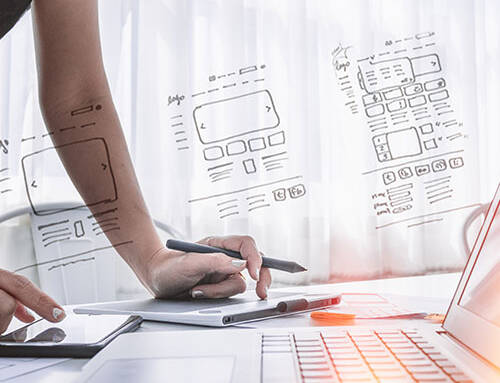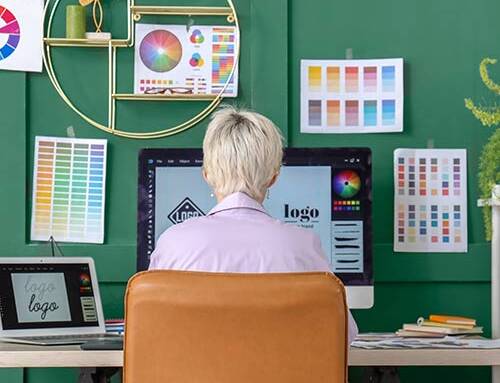Navigational Tools of 2023: Revolutionising User Experience in Web Design
Welcome to the future of web design! In the ever-evolving digital landscape, where user experience reigns supreme, effective navigation plays a pivotal role in creating seamless and intuitive browsing experiences. In the year 2023, we find ourselves at the forefront of technological advancements that are transforming the way users interact with websites. Say goodbye to clunky menus and confusing interfaces, and welcome a new era of innovative navigational tools that prioritise user engagement and satisfaction. In this blog post, we will embark on a journey into the world of next-generation navigational tools, exploring how they are revolutionising web design and providing users with an unparalleled browsing experience.
Section 1: Immersive Scroll Effects:
One of the most captivating trends in web design is the incorporation of immersive scroll effects. By utilising parallax scrolling, dynamic transitions, and animations, websites are brought to life as users scroll through the content. This creates a visually engaging experience that captivates users and keeps them immersed in the website’s story. Navigational tools such as sticky headers, scroll-triggered animations, and scroll-based progress indicators guide users seamlessly through the page, enabling them to explore content effortlessly. These effects not only enhance user experience but also leave a lasting impression, making websites more memorable and encouraging visitors to return.
Section 2: Intuitive Gestures:
In 2023, the rise of touch-screen devices and mobile browsing has given birth to a new wave of intuitive gesture-based navigation. As users swipe, pinch, and tap their way through websites, the interface responds seamlessly to their actions, providing a fluid and natural browsing experience. Navigational tools like swipe-able carousels, drag-and-drop interfaces, and off-canvas menus allow users to interact with the website in a way that feels instinctive and effortless. This not only enhances the user experience but also ensures that websites are accessible and enjoyable across various devices, adapting to the user’s preferred method of interaction.
Section 3: Dynamic Menus:
The days of static and uninspiring menus are long gone. In 2023, web designers are embracing dynamic menus that adapt and evolve based on user behaviour and context. Mega menus, hamburger menus, and hidden navigation panels are just a few examples of navigational tools that allow for compact and efficient menu structures. These menus intelligently prioritise content, displaying relevant options based on user preferences and interactions. With the help of user analytics and machine learning, dynamic menus ensure that users can easily navigate through websites, finding what they need without frustration or confusion.
In conclusion, the navigational tools of 2023 are transforming the landscape of web design and revolutionising the user experience. Through immersive scroll effects, intuitive gestures, and dynamic menus, websites are becoming more engaging, intuitive, and accessible to users. These tools not only enhance the visual appeal of websites but also make browsing a seamless and enjoyable experience. As we continue to embrace technological advancements, it is crucial for web designers to leverage these navigational tools to create exceptional user experiences. By doing so, we can ensure that every visitor’s journey through a websites is a delight, leaving a lasting impression and fostering long-term engagement. The future of web design is here, and with these next-generation navigational tools, which we now use every day in our web development work, we can shape the web into a truly remarkable and user-centric digital landscape.
Credit: Monika Molga (Insight Team)








